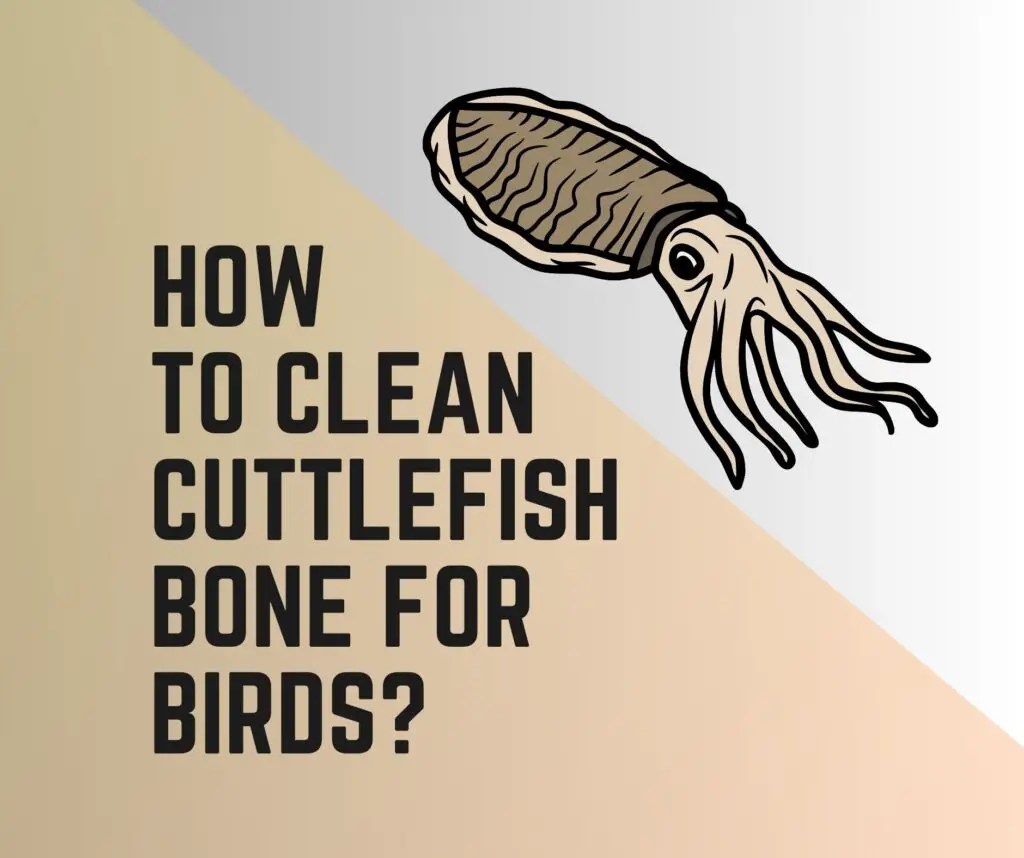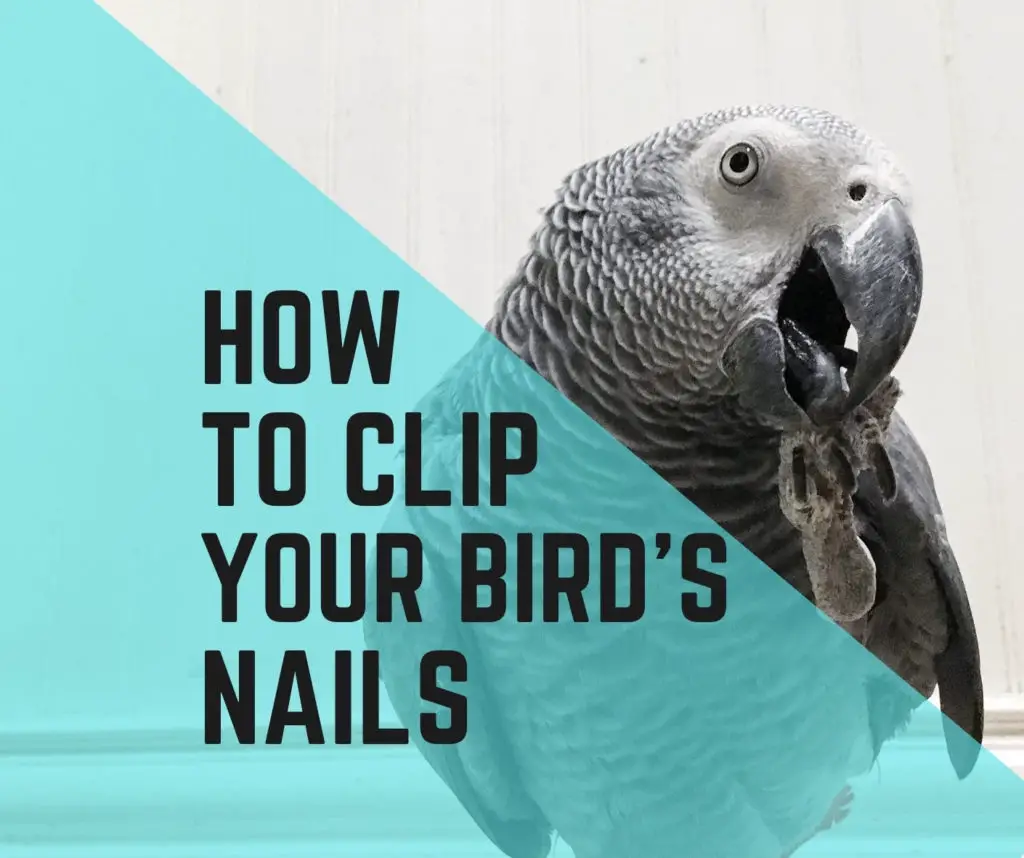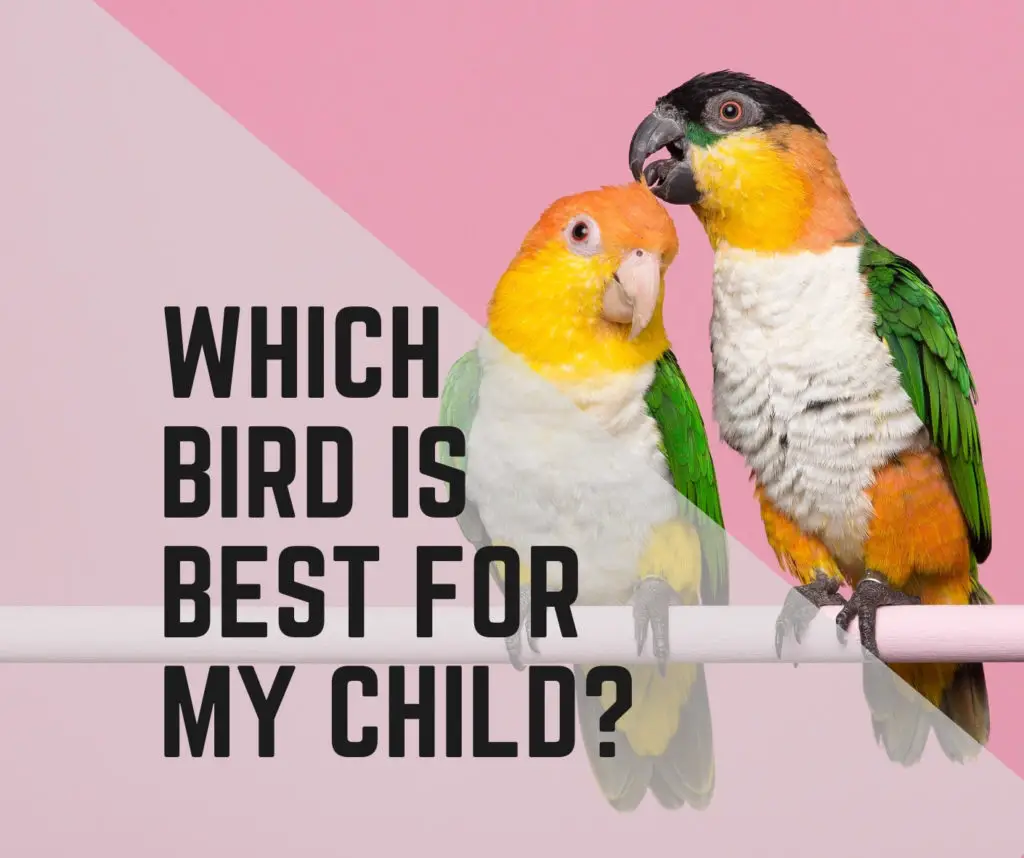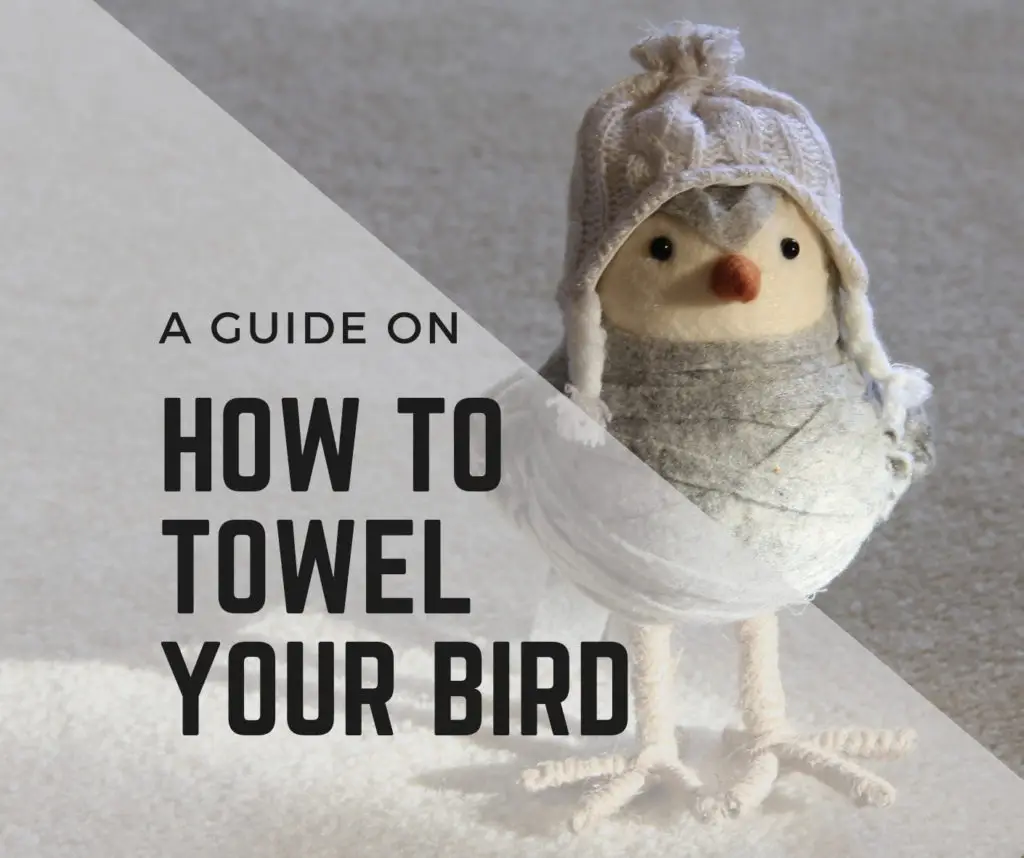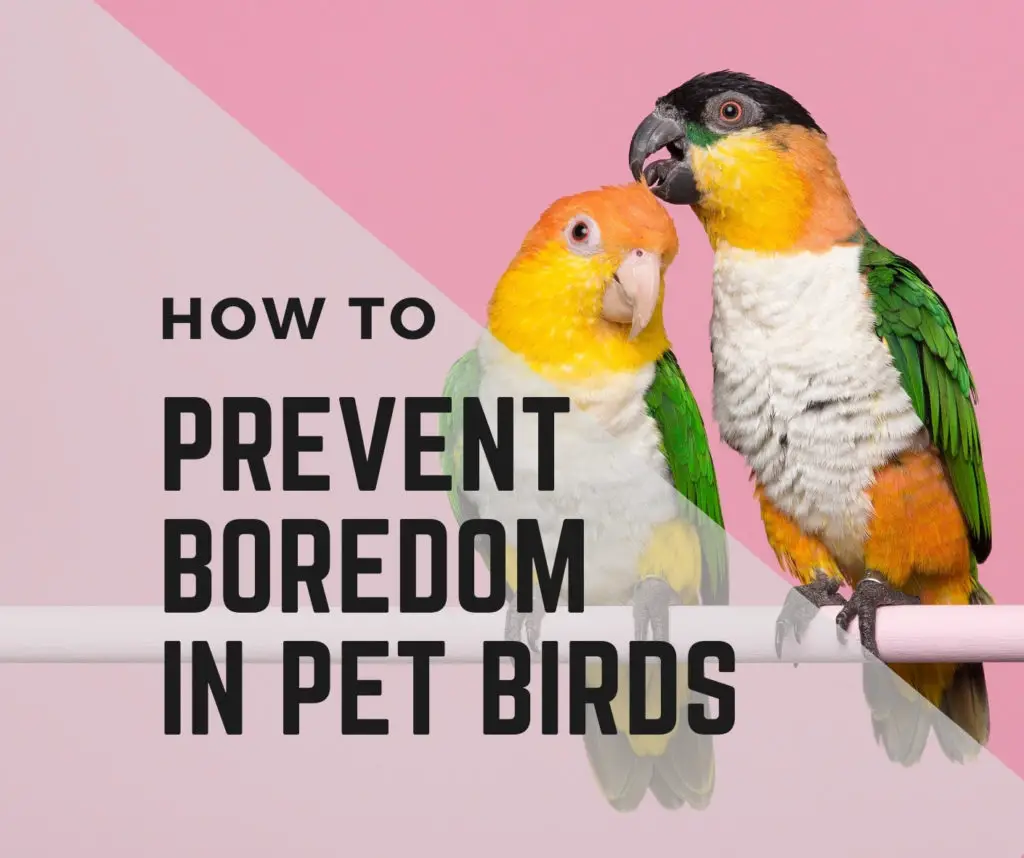Bird owners love to offer Cuttlefish bones to their feathered friends. However, some bird enthusiasts are so accustomed to this practice that they sometimes offer Cuttlefish bones directly to their birdy without adequate cleaning. But, it is important to know that feeding Cuttlefish bones to birds requires thorough cleaning to eliminate potential bacteria and harmful contaminants. So, how do you clean Cuttlefish Bones for your Birds?
Feeding Cuttlefish Bone to birds without cleaning can lead to potential risks. Such practices can have detrimental effects on birds’ health. Cuttlefish bones are highly nutritious for birds, and most of them, particularly parrots, absolutely love them. It is easy to find Cuttlebones either at pet stores or local beachfront. However, despite where you source them, cleaning is a crucial step before feeding Cuttlefish to birds.
Join us as we unreveal the Step-by-Step guide to cleaning and preparing Cuttlefish Bones for Birds. We will also learn why it is important to clean this bird’s food.
Cuttlebones for Birds- What and Why?
The Cuttlebones or Cuttlefish Bones are dietary supplements for birds, especially parrots. Cuttlebones are an excellent source of calcium and minerals for birds. It is a part of regular bird diet nutrition and overall health and ensures beak maintenance.
Cuttlebones are typically the internal structure of Cuttlefish, a marine species found throughout oceans across different continents. Cuttlefish belong to the same family as Octopuses and Squids. Once Cuttlefish dies in the sea, the cuttlebone washes up by the waves on the beach and thereafter collected for different purposes, including bird food.
But why are Cuttlebones Essential for birds?
Well, there are many reasons justifying the necessity and benefits of Cuttlebones for birds. Here are some of the reasons every bird enthusiast must know about:
- Cuttlebones are predominantly composed of calcium carbonate and thus provide essential calcium to birds. Birds who feed on Cuttlebones maintain healthy bones, beaks, and eggshell formation (breeding females).
- Not only calcium but Cuttlebones are also a natural and rich source of phosphorus, magnesium, and trace elements. All of these minerals are essential for the proper avian and the well-being of birds.
- Gnawing on Cuttlebones helps birds maintain their beak. The abrasiveness of Cuttlebones helps to wear down birds’ beaks and thus prevents overgrowth.
- Cuttlebones, as a regular part of the bird’s diet, also aid in encouraging their natural behavior, preventing boredom, and increasing mental stimulation.
- Cuttlebones, overall, add a valuable and nutrition-packed addition to birds’ diets. By understanding its significance, bird enthusiasts should incorporate Cuttlebones into their bird’s care routine.
How to Clean Cuttlefish Bones before feeding birds?
Cleaning Cuttlefish Bones before feeding them to birds is extremely important. While many individuals may skip this process, it isn’t safe to do so.
For cleaning Cuttlefish Bones for birds, here is a step-by-step guide:
- Start by gathering Cuttlefish Bones, either from a Pet Store or a beach directly. However, when collecting Cuttlebones from a beach, make sure they are fresh and not degraded.
- Now begin with rinsing/ washing the Cuttlebones under running water. Wash them thoroughly to remove any signs of dirt, sand, or debris.
- Now take a large bowl and fill it with warm water (slightly over lukewarm). Take the washed Cuttlebones and soak them in the warm water tub for half an hour to soften the remaining organic matter on the bone (if any).
- Further, take a soft toothbrush or any other soft brush, and start scrubbing the Cuttlebones gently. Focus on removing any stubborn residues or impurities.
- Now again, rinse the Cuttlebones under running water.
- For disinfecting Cuttlebones, it is important to disinfect them in an avian-safe disinfectant. Or, in a bowl, mix ten parts of water and one part of white vinegar and soak the Cuttlebones in it for 20 minutes. Later rinse them nicely.
- Once done with that, lay down the clean and disinfected Cuttlebones over a paper tower. Before you feed them to your birds, make sure the Cuttlebones are completely dry.
By cleaning and disinfecting the Cuttlebones, you can offer a safe feed to your birds.
Can you give a bird Cuttlefish (Bone) from the beach?
Although you can give Cuttlefish bones to your birds from the beach, not directly, it is advisable not to pick and feed the Cuttlebones directly to the birds and clean them first. Cuttlebones present at the beach are often exposed to bacteria, parasites, pollutants, toxins, and other contaminants. When fed directly to the birds, it can lead to:
- Bacterial Contamination.
- Parasite Transmission.
- Toxin Exposure.
- Poor Hygiene.
- Fungal Growth.
To prevent any of these harms, it is advisable to clean and disinfect Cuttlebones before you feed them to your birds. Properly rinsing, soaking, scrubbing, disinfecting, and drying, as explained above, will help with the cleaning process. Also, it is thoughtfully for purchase commercially available cuttlebones from pet stores or reputable suppliers instead of picking just any from the beach.
However, if you are still sure of picking Cuttlefish bones from the beach, here are a few things you need to know:
- Pick Cuttlebones that are fresh. Avoid degraded ones, especially those which are brittle, discolored, or excessively worn down.
- Always collect Cuttlebones from a clean and unpolluted beach. Avoid beaches that are known for industrial or sewage runoff.
- After collecting Cuttlebones from the beach, always clean and disinfect them.
How to Dry Cuttlefish Bone for Birds?
Although cleaning and disinfecting Cuttlefish bones are important, drying is another step you should forget. Drying Cuttlefish bones ensures longevity and makes them more suitable for use by birds.
Here’s how you can dry Cuttlefish bones for birds:
- Start by washing and disinfecting the Cuttlefish bones nicely.
- Once done with washing and disinfecting, pat dry Cuttlefish bones using a clean towel. The idea is to remove all traces of moisture to expedite the drying process.
- Now place the Cuttlefish bones in a clean, well-ventilated area. Choose a location that is away from direct sunlight since excessive heat exposure makes the Cuttlebones brittle.
- The drying duration for Cuttlefish bones varies depending on the environmental conditions. It is important to give ample time to air dry them completely. It may take multiple days to a few weeks for Cuttlefish bones to dry nicely.
- Touch and check whether the Cuttlefish bones are fully dry after a few days. The bones must feel dehydrated with no traces of moisture. If they feel damp, dry them more, or it may lead to develop mold or bacterial growth.
- Now take a clean and dry container and store dried Cuttlefish bones for further usage. Keep checking the bones’ condition, and if they show any signs of wear and tear, replace them completely.
Wrapping up…
Overall, it is important to clean Cuttlefish bones before feeding them to birds. The cleaning process is absolutely simple, and we hope the steps mentioned above bring you ease.
However, before ending this discussion, we would recommend you store only a small amount of Cuttlebones and replace them very often. It is important since Cuttlefish аrе hydrophilic, which means they attract moisture from the air. When you stock too much of them for too long, it may allow molding and bacteria to appear, making Cuttlebones smelly.

Hi, There and Welcome to BirdsNews.com, is here to help you learn and care about pet birds. and this blog is a journal of everything I’ve learned.

